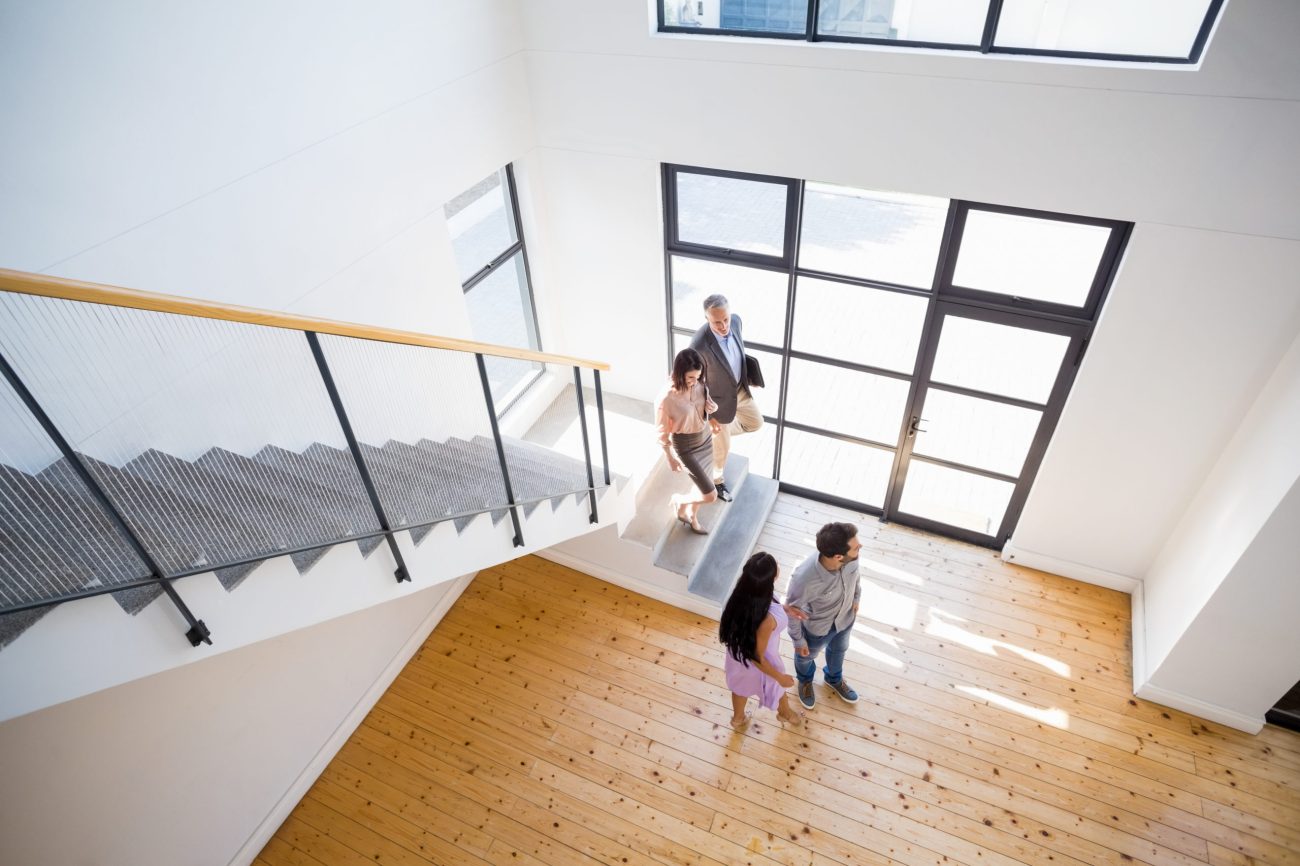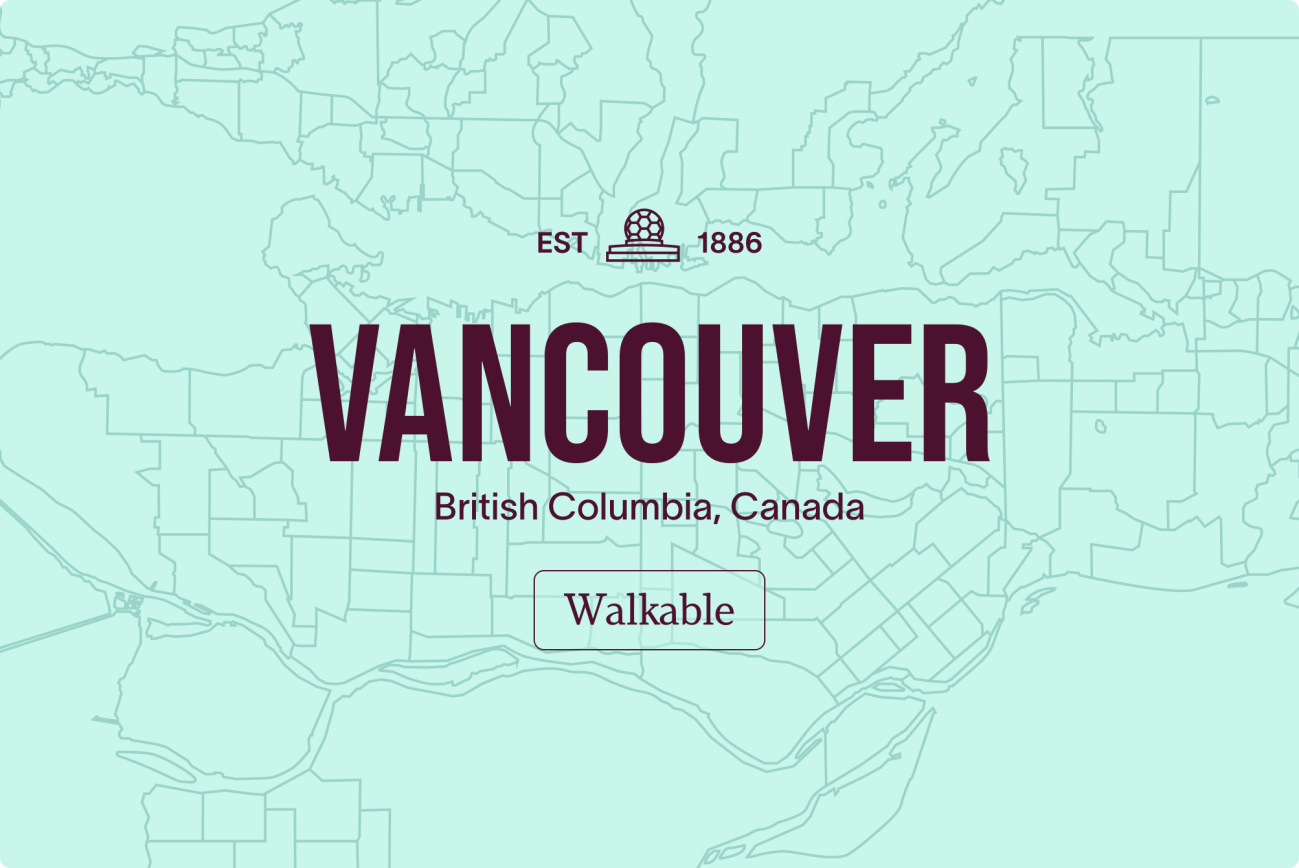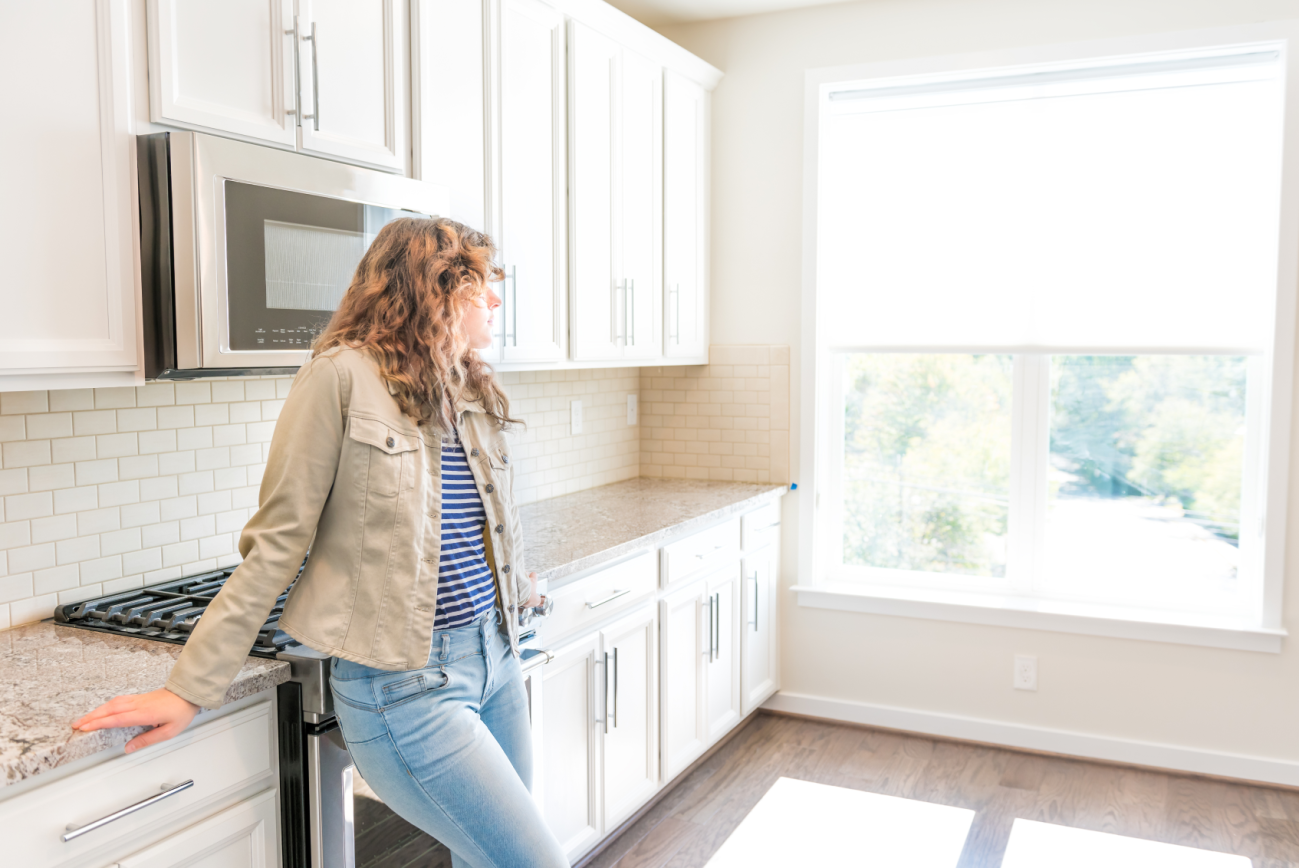These days many of us are looking for potential properties online, so the first impression of a new home happens before you even step inside. You might have a good feeling about a property before you go to see it, especially if the listing has beautifully staged photos, a lovely view, or a new marble countertop. But how can you look beyond the surface to see what’s really there? Knowing what to look for during a home tour or open house lets you get past the cover and into the book.
Home tour checklist
A well-staged home is set up to impress you. The lighting, furniture, and freshly cut flowers are all there to make a great impression. But beautiful decor can distract you from signs of damage. On the other hand, a poorly presented property might be a gem in the rough. If you’re repelled by a tacky exterior, don’t forget that beautiful hardwood might exist underneath that dated vinyl flooring. Ultimately, a homebuyer should always be looking for a house with great bones that checks the must-haves on their list. Here’s how to get to know your potential house beyond the presentation.
Follow your nose
Smells can indicate a bigger issue. Mildew or mold can be easier to smell than to see, and toxic mold can be a costly hazard to address. If you notice candles or strong fragrances, these could be masking unfavourable smells. Notice if the attic or closets have musty smells or seem damp.
Listen carefully
Will this home be quiet enough for you? Consider whether there are train tracks nearby, how traffic changes on weekdays, and how well insulated the home is against outside noise. Ask about the neighbours and consider the local nightlife too.
Look for signs of damage or wear
- Cracks and fractures: Some cracks or signs of wear are normal, especially in older homes. Tiny vertical cracks or fractures less than 15mm are often a natural part of a home’s aging process. But diagonal, slanted, or longer fractures can signify structural issues, or a shifting foundation. Long, horizontal cracks can be a sign of unhealthy water pressure and could foreshadow future damage.
- Warped or sagging floors: Bouncy, bendy, or sagging floors can signify termite problems, water damage, or foundational issues. Freezing and thawing cycles can cause foundational issues that cause floors to slant over time.
- Stains or freshly painted patches: Have the owners recently painted over signs of damage with a fresh coat of paint? Look for stains or markings on walls that could point to water damage.
- Lumps or bubbling walls: Uneven patches or lumpy texture on walls can be signs of damage or plumbing issues.
- Gutters and drainage: Ask about when the gutters were last replaced and notice which way the yard slopes. Is there pooling water around the base of the home after a rainfall or thawing snow? Come back on a day after it rains, even if you just drive by to see.
- Sloping or uneven patches in the yard: If there are unexplained wet or dry patches in the yard, this can point to issues with the plumbing or underground sewage systems on the property.
See what’s behind, beyond, or underneath
It’s important to be respectful and courteous during a home tour, but don’t feel shy to look beyond the surface. Look under carpets, behind paintings, or behind strategically-placed furniture. Open bathroom cabinets to look for stains or water damage under the sink, open cupboards to see if they’re sturdy, and try opening and closing windows to see if they’re sealing properly. Doors or windows that stick can be a sign of a shifting home foundation.
Check out the appliances
How old are the appliances, do they come with the sale, and when will they need to be replaced? Do burners turn on easily or get hot quickly? What year were the appliances last replaced?
Look outside
How much maintenance will the yard need? If the porch sags or boards are wobbly, it might need to be replaced. Check out the foundation of the exterior of the home and notice cracks or irregularities. Consider how snowfall affects the yard and imagine it in another season. How much shovelling, mowing, or gardening is needed?
Don’t forget the roof
The roof of a home can tell a lot about the house itself. How old is the roof, when was it built, and when will it need to be replaced? Look for peeling edges or cracks on wood shake roofing, chips or fractures on slate, and curling edges or uneven lines for asphalt roofing as signs that they need to be replaced. Check out the overall shape of the roof itself. Severe slanting can point to foundational issues.
Is there enough storage?
The closets and built-in storage systems that already exist are an important part of imagining yourself in a space. How many cupboards or drawers will you need to bring in based on the storage that’s already here? Imagine the house full of furniture and picture how much space you’ll need for clothes, children’s toys, outdoor items, gardening tools, kitchen items, shoes, and off-season items.
Lighting and airflow
If you’re viewing the home on a sunny morning, consider where the sun rises and sets and whether there’s enough light throughout the home. How is the lighting influencing the way you see the home? Could adding some pot lights make a gloomy home more warm, or is the dim lighting disguising potential issues?
Electrical, HVAC, and plumbing systems
Consider the integral systems of the house and how well maintained they are.
- Try turning on the water in the taps or flushing the toilet. Is the water discoloured, and is the water pressure decent even when the shower and sink are running simultaneously?
- Does the water take a long time to get hot? Check out the electrical wiring and the appearance of plumbing pipes when you’re in the basement. Some older homes have outdated knob-and-tube wiring that can be expensive to replace, and signs of dimpling or wear on pipes can signify older plumbing systems.
- How many power sources, light switches, or sockets are in each room? Do lights flicker when turned on?
How to prepare for a home tour
Before you attend a viewing, be ready with a pre-approval letter and a clear sense of the kind of home you can afford.
If you were attending a job interview, you’d do some research on the company first. Treat a home visit the same way, by doing your due diligence before an open house.
- Does the location match your needs? Investigate nearby parks, school districts, highways, and public transit nearby, as well as future plans for development in the area. Aside from practicalities like your local grocery store or bank, consider whether the local culture matches your lifestyle. If you need to travel to get to a restaurant or gym that you like, that’s an extra cost to consider.
- Is the price within your limits? What extra costs might be tied to this home based on the renovations it needs?
- Does the bed and bath count match your current and potential future needs?
- Does the location of the bedroom and bathrooms make sense for your needs? Consider mobility, stairs, and layout.
- What is the history of the home? When was it last sold? Was it previously listed at a higher price? If a home is on the market often, it’s worth finding out why.
- What are homes nearby selling for? Your real estate professional can help you understand the local market and where this home’s value fits within it. If your viewing isn’t for a few days, check out other properties in the area to get a sense of what other homes look like, and what comparable properties are selling for.
- Drive by the home with your windows down to notice and listen. How noisy is the surrounding area, is this a kid-friendly area, and how walkable is this neighbourhood?
Prepare a list of questions you can ask during your home tour. This can include questions about the home’s history, past renovation, any issues with the property, and why the sellers are moving. Use our homebuying checklist to head into your homebuying journey well prepared.
Things you don’t need to consider on a home tour
As a first-time homebuyer, it’s essential that you can envision yourself living in this house. Focus on the structure, bones, and permanent details of the home rather than the furniture or the belongings inside. A great home staging will include decor that appeals to most people, but you might not love the furniture or the aesthetic of the home you’re viewing. Elements like flooring, carpeting, or wallpaper can be more time-intensive to replace, but they can also be relatively low-cost renos if you love the house itself.
An outdated light fixture, a front fence that needs a paint job, or a wobbly ceiling fan are all replaceable – especially if you’ve found a place you love.
Questions to ask your real estate agent when you’re pleased with a home tour
- What kind of offer seems reasonable to you, and what’s a competitive offer?
- When are offers due and how many other offers have been made already?
- What major renovations were recently done, and what repairs does the inspection indicate might need to be done next?
- Is there a homeowner’s association or are there restrictions on building or remodelling in this area?
- Do you see any red flags with this home that we may not have considered?
- Why are the previous owners moving? Make sure you understand why this home isn’t right for those who lived here before you.
- Are appliances, fixtures, or any furniture elements included in the sale?
- Do you anticipate this home selling quickly?
Let Houseful help you navigate the homebuying process
We can help find a home that’s a great fit with a tailored search experience based on the features and details you care about most. Our comprehensive experience lets you search for a home that matches your vision.
Let’s find you a home!




